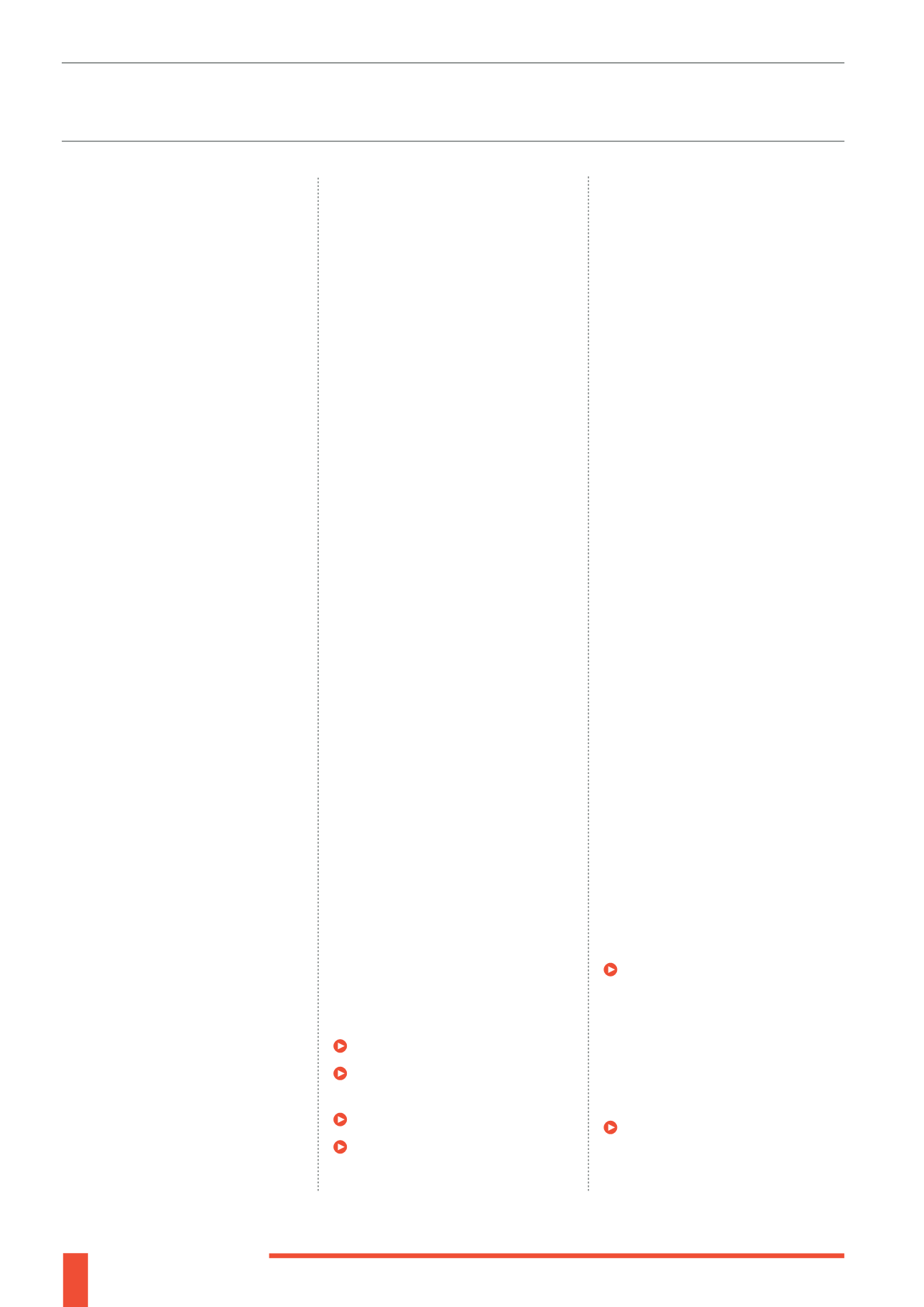
24
REGULATION
In terms of financial regulation, as
personal property and not financial
instruments, bottles of wine are not
covered by the UK Financial Services
Compensation Scheme (FSCS) and
consequently, if a broker assisting the
creation of an investor’s portfolio, were
to go out of business while holding
the investor’s cash or investments,
all of that investment could be lost. It
is therefore prudent, to use a broker
with a strong reputation and financial
record and/or to check if there are
any contingencies or protections in
place in the event of their bankruptcy.
Additionally, agents are not covered by
the UK Financial Ombudsman Scheme
(FOS), so if you are mis-sold an item
there is no recourse to the ombudsman
to try to hold the seller or broker
to account. Nevertheless, since the
investor would still own the real asset,
s/he would still have an item which
would be saleable on the open market.
In terms of wine investments which
have been securitised, such as shares
in a company which acquires wines or
units in a wine fund, these are regulated
and monitored, to varying degrees, by
the relevant financial regulatory bodies
such as the Financial Conduct Authority.
In these products, the FSCS and FOS
may be accessible, but this will depend
on the circumstances of any issues,
which parties are found to be at fault
and where the product is domiciled - it
is worth clarifying these items at the
outset, as well as any other protections
which are in place as even regulated
products can fail, with no recourse to
compensation.
With regard to the fine wine industry
itself, the production of fine wine is
strictly controlled and monitored by the
Appellations systems some of which
have been established for hundreds
of years. The control of supply varies
across different appellations and this is
something to take into account since a
substantial driver in the market is the
lack of supply versus the increasing
demand.
CORRELATION
Although fine wine investing shows
a very low correlation to mainstream
financial markets, it is heavily exposed
to emerging markets and China, “which
many will regard as being a risk as well
as an opportunity”
22
. The key is to ensure
that a portfolio is correctly balanced in
terms of the markets invested in.
LIQUIDITY
Whilst Coutts sees sufficient value in
passion assets, and their financial sense
as part of a more diversified portfolio
to track the market using its Objects of
Desire Index, it recognises that, “they
are illiquid, have especially high unit
costs and are distinct in terms of their
performance. You cannot pay your
bills using a tenth of a Matisse… Your
capital markets portfolio, made up of
traditional assets such as equities and
bonds, adds liquidity, accessibility and
diversification”
7
.
The Wall Street Journal adds that, “they
are more prone to fads and fashions
than (even) financial securities”
6
and
recent history, with the difficulties
experienced in the market since 2011,
demonstrates that even funds can
experience liquidity problems; Nobles
Crus, a Luxembourg-based company
that was at one time, one of the largest
registered wine investment fund, was
ordered to suspend all redemptions
and subscriptions in 2013, the concern
seeming to be that a small number
of institutional investors might pull
out suddenly, draining the fund of its
liquidity and leaving small holders
hanging.
57
Some wine investment specialists, such
as Cult Wines, offer guaranteed sale of
clients’ wine through various channels:
Trade sales (domestic and international)
Liv-ex Fine Wine Exchange (Cult is a
member)
Internally to its own client database
The company will even offer a cash
offer price for clients’ wine if necessary.
There is however, obviously, no
guarantee on the price available, but
Cult Wines feels that “for the most
traded wines on the secondary market,
more often than not, investors can
liquidate their holdings within a 4 to 6
week period”.
Mitigating against low liquidity is
difficult, although a well diversified
portfolio in terms of both the spread
of wines invested and the non
wine sectors, is a good protection
mechanism and the continuing rise of
exchanges such as Liv-ex, Wine Owners,
Cavex and BBX gives easier access to
more potential buyers and therefore
increased liquidity, according to CEO
and founder of Wine Owners Nick
Martin
58
and likely greater liquidity than
other passion assets.
Aside from this, recognising demand
peaks and troughs and future buying
trends is really the only way to assess
the strength of buyers in the market. In
this regard, most investors will need to
rely heavily on experts in the field.
RELIABLE DATA AND
INDICES
Unlike other investment markets, there
are not long-held figures recording the
returns, values and market movements
for fine wine – Liv-ex operates the
global marketplace for fine wine with
online indices that were founded only
in 1999. As a result, older figures can be
difficult to acquire and less transparent
than provides much utility in making
comparisons with other markets.
Liv-ex produces various indices, including:
The Liv-ex Fine Wine 50 Index tracks
the daily price movement of the most
heavily traded commodities in the
fine wine market - the Bordeaux First
Growths. It includes only the ten most
recent vintages (excluding En Primeur,
currently 2002-2011), with no other
qualifying criteria applied
The Liv-ex Bordeaux 500 is Liv-ex’s
most comprehensive index and reflects
trends in the wider fine wine market.
It represents the price movement of 500
“Wine is one of the last great commodities in the world to be dragged out of the dark ages and
traded on a global index”
Claer Barrett, Columnist, The Financial Times


